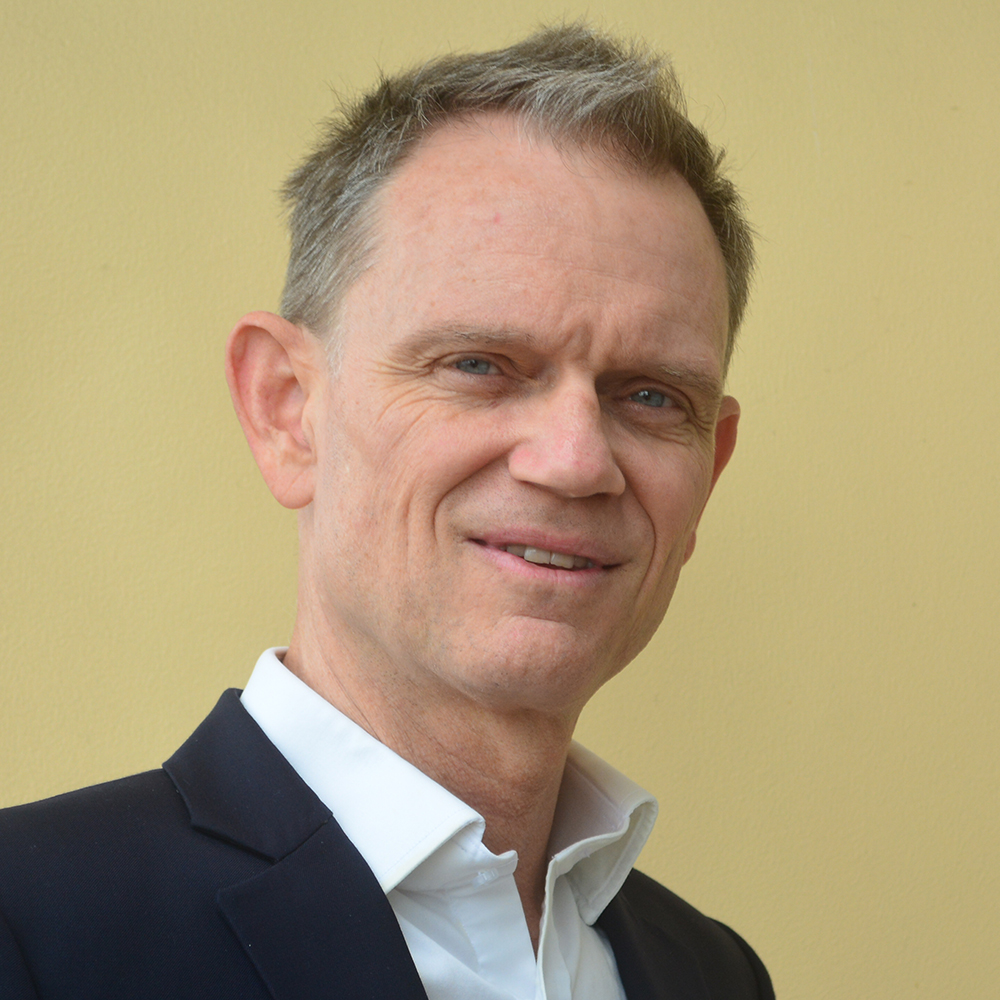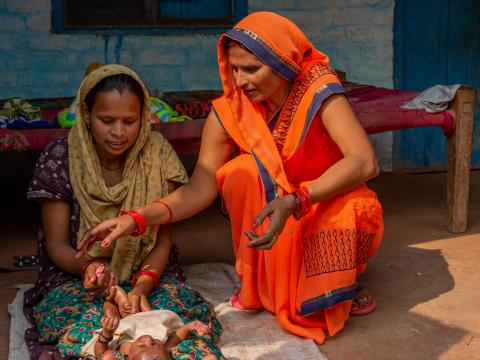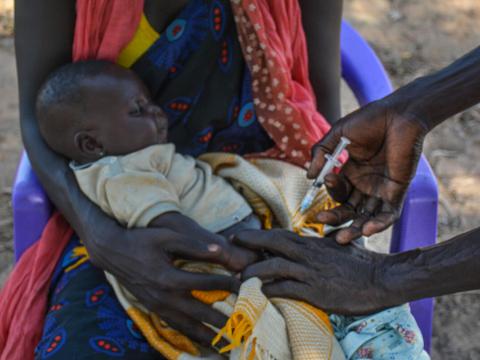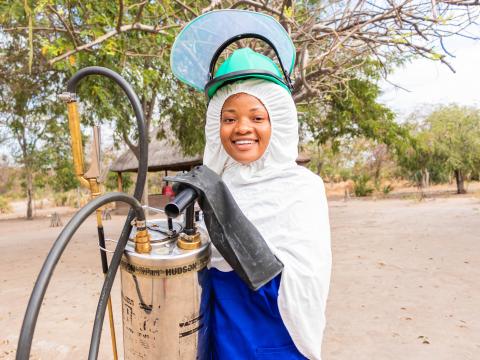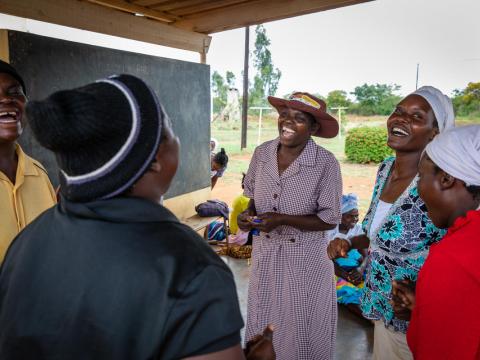
Community Health Workers: Key to achieving Universal Health Coverage and deserving of support
Dan Irvine writes about the importance of Community Health Workers and how supporting them is key to moving towards international health goals in rural areas.
23 May, 2023
In our generation of escalating crises, children and the most vulnerable communities need urgent help at the frontline. To provide this needed assistance, the international community may need to look back in order to move forward. Nearly 50 years since the World Health Organization recommended the creation of a diverse cadre of workers with health and social objectives to provide community service coverage, the modern “Community Health Worker” (CHW) could not be more important.
Today we know that CHWs can be effective health intervention service deliverers, and we know what the requirements are to help them be successful. As we assess their strategic prioritization and their support, however, we continue to observe significant systemic shortcomings. The concept is sound, but the realization is flawed.
In the decades since the Village Health Care Worker system was first proposed, there is greater focus on CHW programme functionality, advocating for appropriate pay, supervision and training. Codifying these requirements in the CHW Assessment and Improvement Matrix was a real benchmark in enhancing these programmes, and World Vision has employed this tool across our programmes.
In 2013, World Vision published a CHW Principles of Practice guidance for implementers that decried a higher level of challenges, such as mosaic training systems, diverse incentive packages and investment in service provision parallel to government systems. This became our “harmonization” advocacy.
More recently, World Vision’s Systems Assessment and Improvement Matrix (S-AIM) describes the higher-level system requirements that are essentially the pre-requisites of CHW cadre design – elements such as effective policy, financing, human resource management, information systems, supply chain development and community systems. This might distill down to two leading questions: is there the political will to scale effective CHW cadres where most needed, and do we have the systems sophistication to do the job?
In World Vision’s work around the world, we are faced every day with a simple question: who is going to deliver the services on the ground in the communities we serve? Who is going to build trust and demand in communities to reach every child with life-saving immunization? Who is going to diagnose and treat infectious diseases for children without effective access to health facilities? Who is going to provide infant and young child feeding counselling? My best conclusion is typically a CHW.
The risk in this assumption is not whether CHWs are competent, but rather whether policy makers, planners and system designers are competent. Historically, we have underestimated the system sophistication required to develop successful cadre, assuming instead some kind of rustic simplicity of task shifting to self-driven volunteers. Safe to say, this posture is naïve, and inequitable.
As initiatives move forward, such as the African Union’s goal of assimilating two million additional CHWs, it is essential to learn from the past and be diligent in the system specifications. CHW cadres require every consideration that any other workforce requires; they are not free, and they are not independently functioning.
If we make these investments strategically, and with care and creativity, we will advance our aspirations for universal health coverage and comprehensive primary health care. The people trying to make positive change in their communities deserve nothing less.
Dan Irvine is World Vision’s Global Director for health and nutrition based in the United States.
